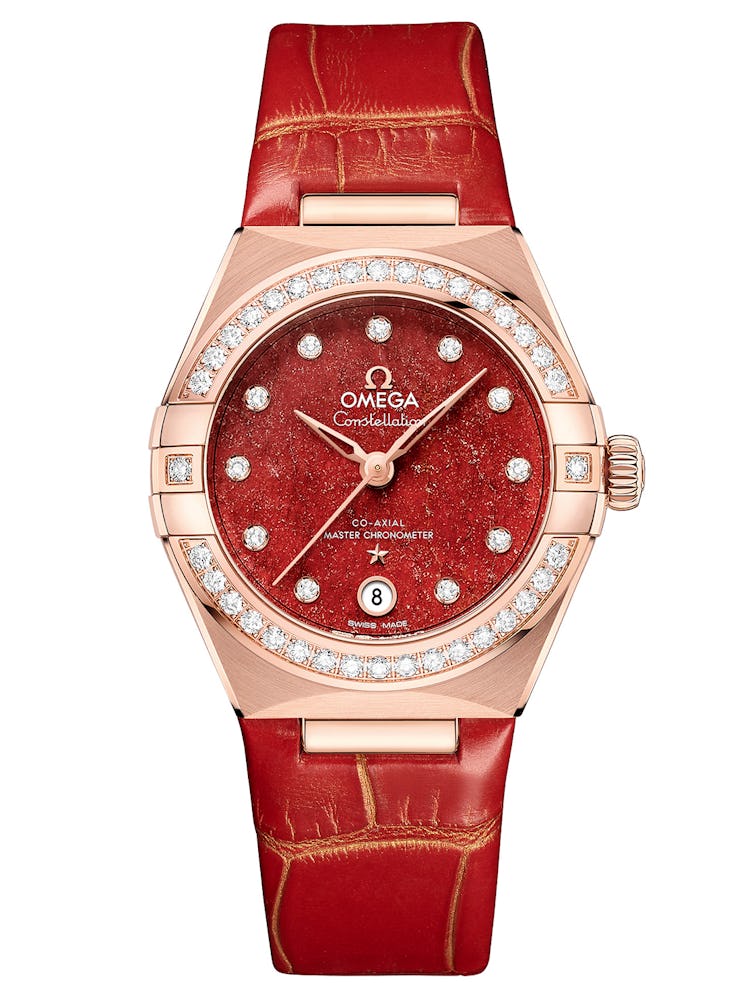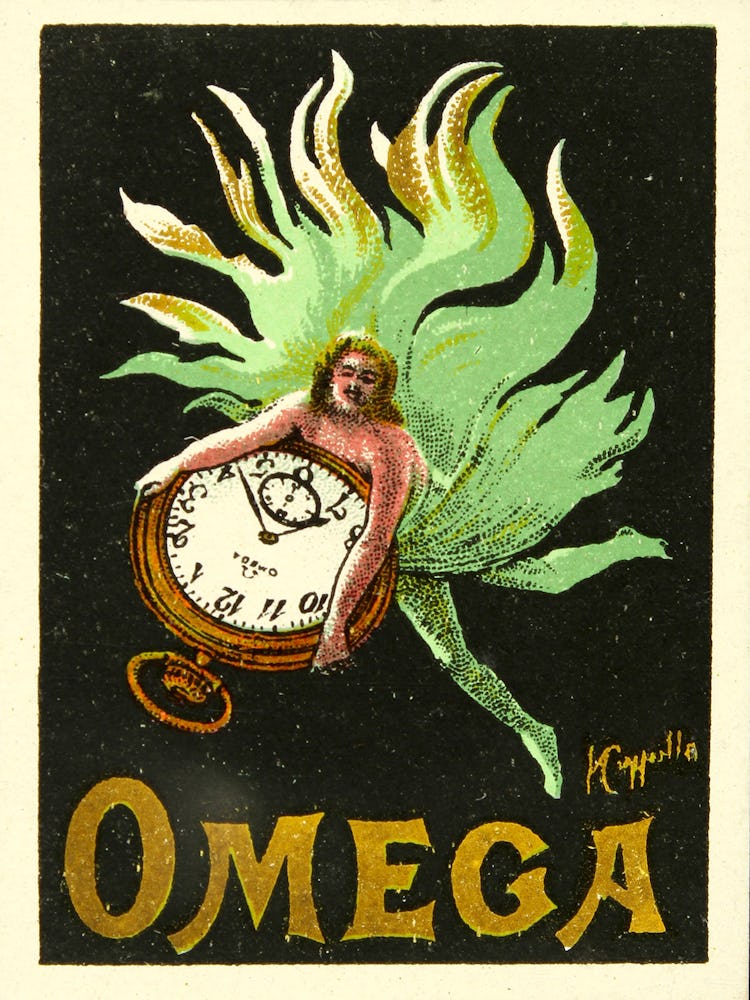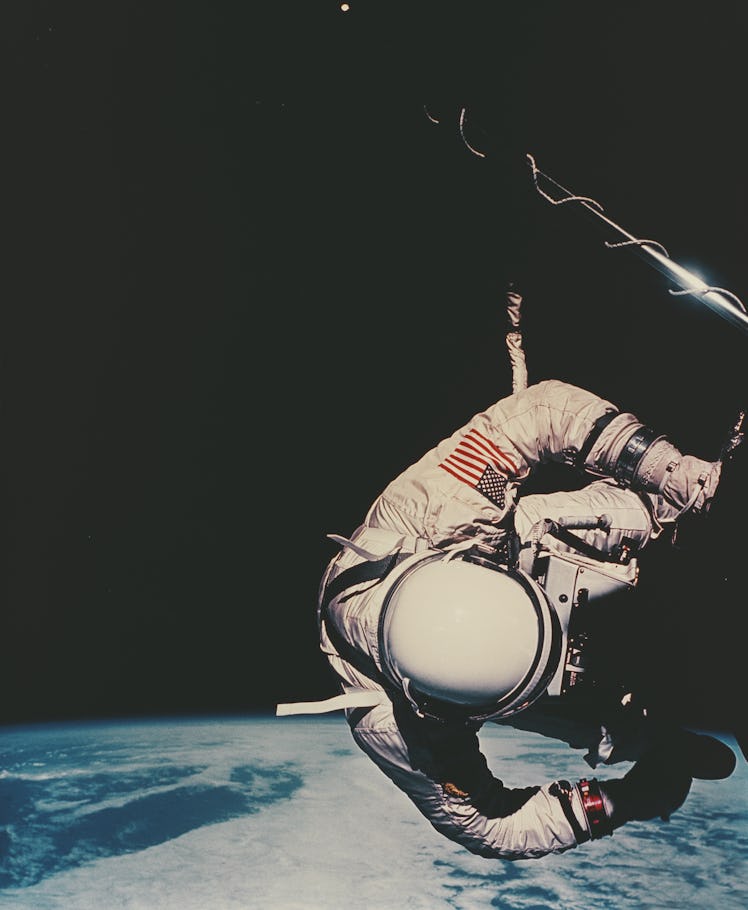
[ad_1]
In the firmament of fine watchmaking, few names shine brighter than Omega. A Swiss company with an impressive history dating back to 1848, it has been responsible for some of the industry’s biggest hits, including the canonical Seamaster and Speedmaster collections that have long beguiled aficionados. But despite the fact that haute horology is booming and the archives of the world’s leading manufacturers are being picked over by eagle-eyed collectors, one Omega offering, the Constellation, remains hidden in plain sight.
Released in 1952, the Constellation was the last word in accuracy. Its name and the single star at 6 o’clock suggested a connection to the heavens, and it featured a distinctive 12-sided raised face that was subsequently referred to as a “pie pan” for its resemblance to an upside-down baking dish. When flipped over, the back also stood out like the Big Dipper on a clear night, with its depiction of the famous Geneva Observatory with eight stars above it. The stars represented the two world records and six first-place awards for accuracy that Omega earned between 1933 and 1952.
In the decades that followed, the pie pan was scrapped, solid 18-karat gold versions and handsome metal bracelets were introduced, and legendary designers such as Gerald Genta were brought into the fold. Even hulking quartz versions were issued. While these iterations continue to resonate with watch nerds, it is the refined “Manhattan” model from 1982 that we associate with the Constellation today. Conceived by Carol Didisheim, one of the few women in watch design, it featured four distinctive gold claws—two at 3 o’clock and two at 9 o’clock—to hold the sapphire crystal against the case, as well as the now familiar integrated bracelet for extra dash and comfort. (Leather straps are also available on most models.)

Today’s Omega Constellation.
Courtesy of Omega

An Omega poster, circa 1910.
Austrian Archives/brandstaetter images via Getty Images
Unlike some of the other Omega collections, says Brynn Wallner, founder of Dimepiece, an online platform for women and watches, “the Constellation is not overly masculine or tied up with the James Bond of it all.” She’s referring to Omega’s connection to everyone’s favorite spy as played by Daniel Craig, who has been a booster for the Seamaster Diver 300M since he first wore the model, in 2006. Instead, the Constellation has been embraced by celebrities as diverse as rock ’n’ roll icon Elvis Presley, supermodel Cindy Crawford, and tennis star Anna Kournikova.
“I love the Constellation and think it is overlooked in favor of its Omega stablemates,” adds Wallner. “It’s chic, has so much history, and is still relatively affordable. I recommend it to women who are looking to get into collecting timepieces and don’t know where to start.”
Buzz Aldrin famously wore an Omega watch to the moon during NASA’s Gemini XII mission, November 1966.
Space Frontiers/Archive Photos/Getty Images

Omega has been the official timekeeper at the Olympics for nearly a century.
Getty Images

[ad_2]
Source link